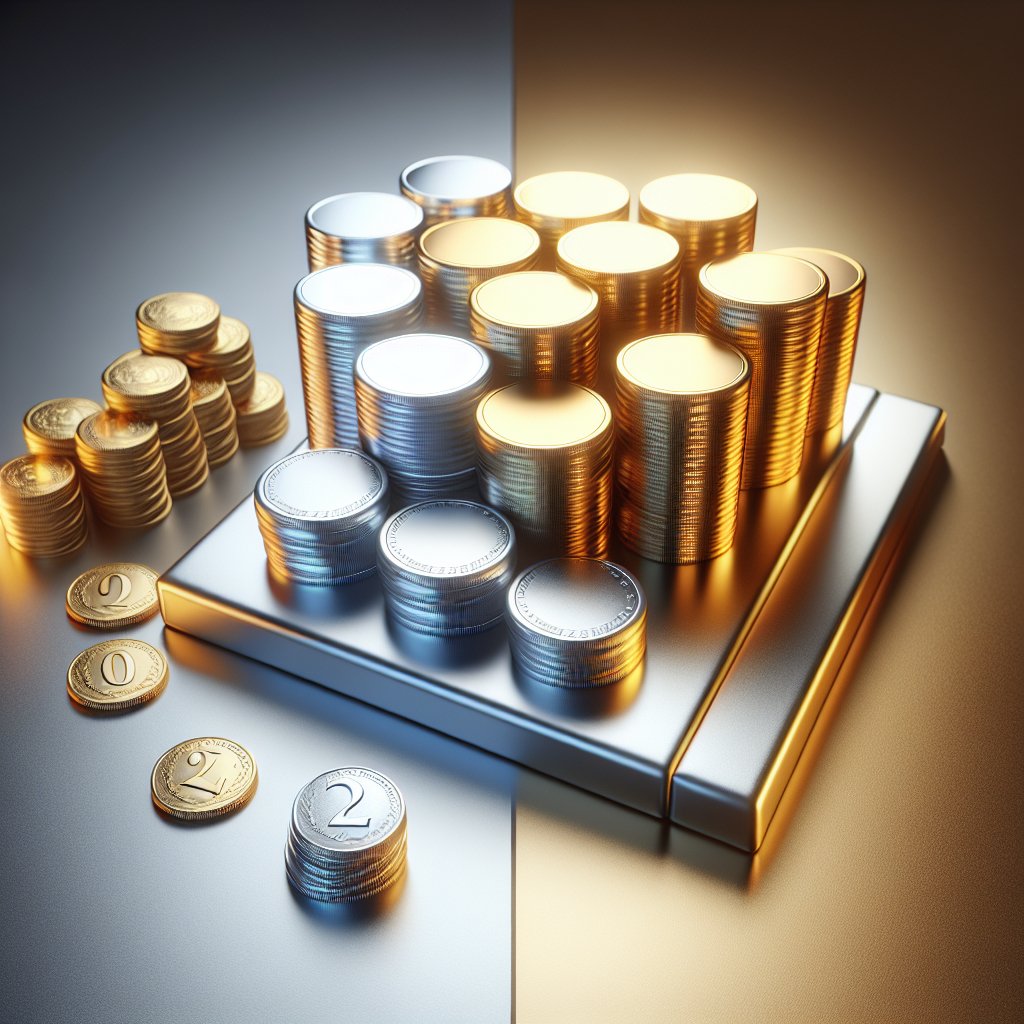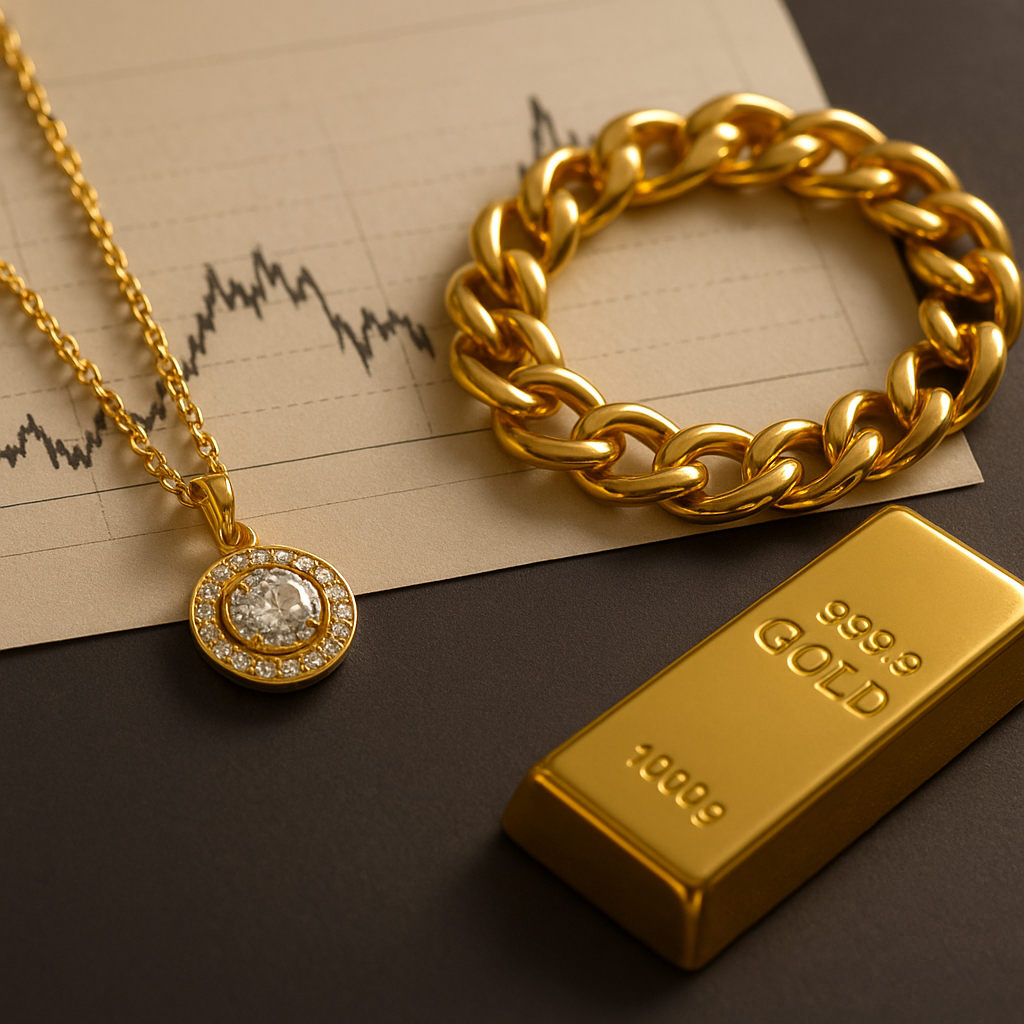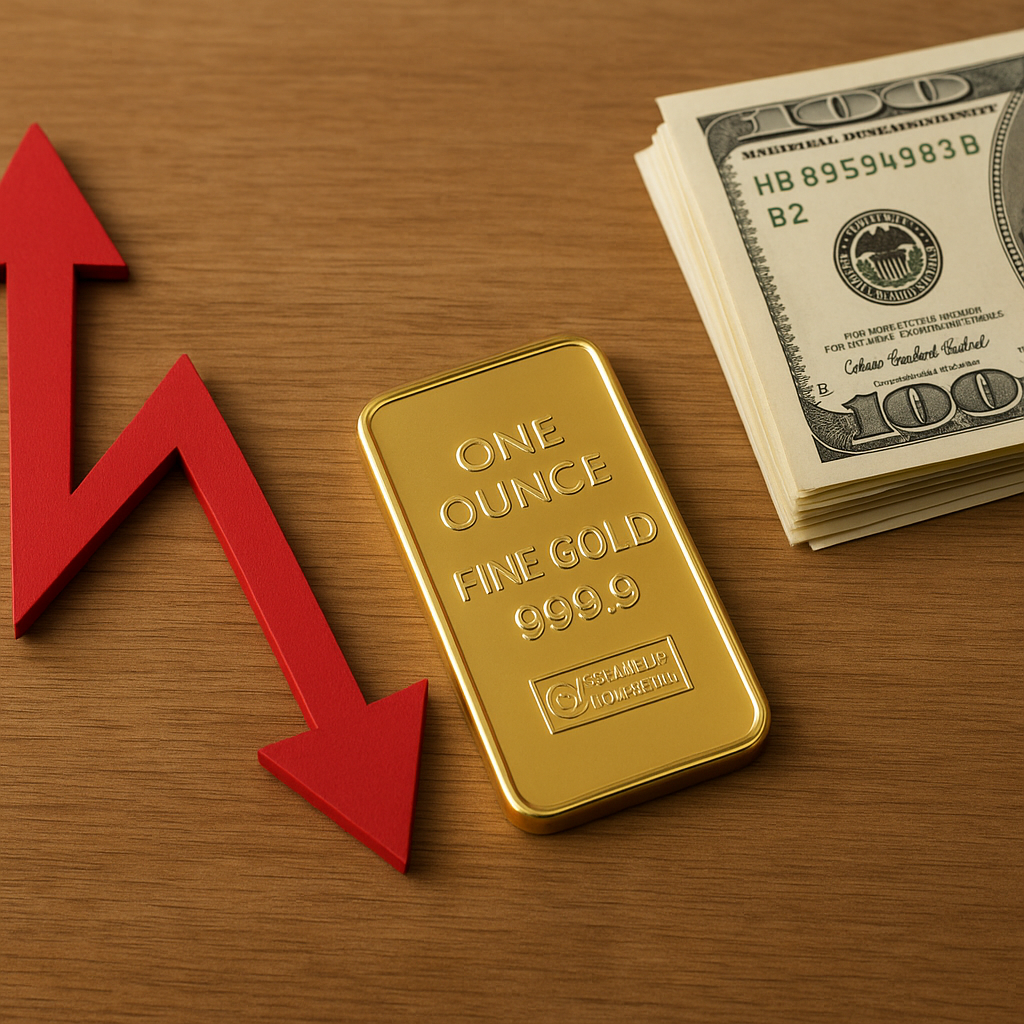Gold and silver have long been considered valuable assets, serving as both a store of value and a hedge against economic uncertainty. Investors often debate which of these precious metals is the better investment, weighing factors such as market volatility, historical performance, and industrial demand. This article delves into the intricacies of investing in gold and silver, providing insights into their respective advantages and potential risks.
Understanding the Historical Context
Gold and silver have been used as currency and symbols of wealth for thousands of years. Their intrinsic value and rarity have made them desirable commodities across various cultures and civilizations. Historically, gold has been the preferred choice for wealth preservation, often used by governments and central banks as a reserve asset. Its status as a “safe haven” investment is well-documented, particularly during times of geopolitical tension or economic downturns.
Silver, on the other hand, has played a dual role as both a monetary metal and an industrial commodity. Its applications in electronics, solar panels, and other technologies have created a unique demand dynamic that distinguishes it from gold. While silver’s price can be more volatile due to its industrial uses, it also offers opportunities for significant gains during periods of economic growth and technological advancement.
Market Dynamics and Price Volatility
The market dynamics of gold and silver are influenced by a variety of factors, including supply and demand, geopolitical events, and macroeconomic trends. Gold’s price is often driven by investor sentiment and its perceived role as a hedge against inflation and currency devaluation. Central banks’ monetary policies, interest rates, and inflation expectations can significantly impact gold prices.
Silver’s market dynamics are more complex due to its industrial applications. While it shares some of the same investment characteristics as gold, its price is also affected by industrial demand. This dual nature can lead to greater price volatility, as shifts in industrial demand can cause rapid price fluctuations. However, this volatility can also present opportunities for investors seeking higher returns.
Comparing Investment Strategies
When considering gold and silver as investment options, it’s essential to evaluate different strategies and their potential outcomes. Gold is often seen as a long-term investment, providing stability and security in a diversified portfolio. Its historical performance as a hedge against inflation and currency risk makes it an attractive option for risk-averse investors.
Silver, with its higher volatility, may appeal to investors looking for short-term gains or those willing to take on more risk for potentially higher returns. Its industrial demand can lead to price surges during periods of economic expansion, offering opportunities for profit. However, investors must also be prepared for potential downturns, as silver’s price can be more susceptible to market fluctuations.
Risk Factors and Considerations
Investing in precious metals involves inherent risks that must be carefully considered. Gold’s price can be influenced by factors such as changes in interest rates, currency fluctuations, and geopolitical events. While it is generally considered a safe investment, it is not immune to market downturns or periods of stagnation.
Silver’s risks are amplified by its industrial applications, which can lead to greater price volatility. Economic slowdowns or shifts in technology can impact demand, causing price declines. Additionally, silver’s smaller market size compared to gold can lead to more significant price swings, both positive and negative.
Conclusion: Weighing the Pros and Cons
Ultimately, the decision to invest in gold or silver depends on individual investment goals, risk tolerance, and market outlook. Gold offers stability and a proven track record as a hedge against economic uncertainty, making it a solid choice for long-term investors. Silver, with its potential for higher returns and greater volatility, may appeal to those seeking more dynamic investment opportunities.
Both metals have their unique advantages and challenges, and a well-balanced investment strategy may include a combination of both. By understanding the historical context, market dynamics, and risk factors associated with gold and silver, investors can make informed decisions that align with their financial objectives.












